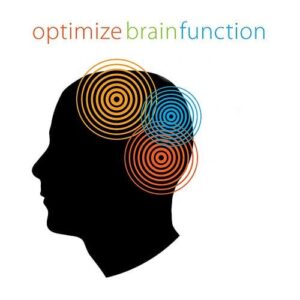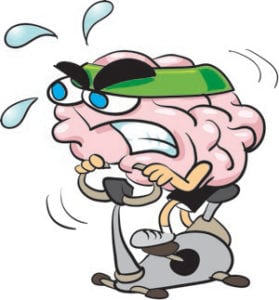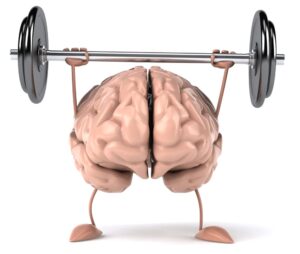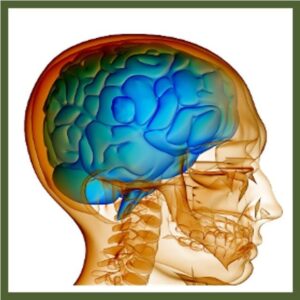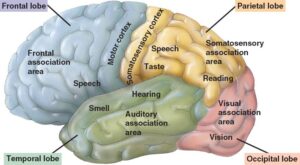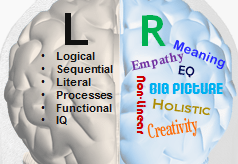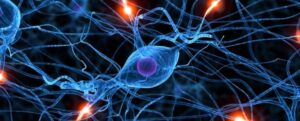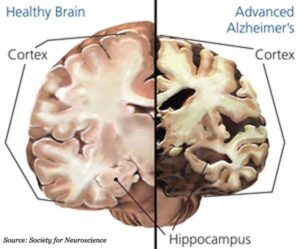Introduction
This post is part of a Straight, No Chaser series on brain health and discusses brain exercises that will keep it vibrant.
I always found it odd that we assume our brain will simply perform in every way we need it to once developed. It seems reasonable to me that if we choose to diet and exercise in an effort to maintain and build every other part of the body, we should be doing the same for our brains. Previous Straight, No Chaser posts have reviewed how the brain works and have addressed the basics of exercising and eating to best support your brain. We have also discussed sleep, which is another essential component of brain health.
This post will discuss activities for you to perform that will actively engage and grow your brain power. We will review several types of activities that work well to keep your brain working well.
To start with, ask yourself to actually consider what you want to accomplish with your brain. Are you still in building mode, where you’re willing to continue to learn and grow, or are you fighting to maintain what you have (e.g. stem the tide of memory loss)? The difference in your answer may suggest the need to engage in more vs. less global brain development activities.
Pick a Range of Activities
Consider certain passive and active activities that exercise your brain and functionally make you a lifelong student. Pick up a new hobby. Take a class. Build things.
Want another approach? Develop a part of your brain that you may not be using as much. Practice writing with your other hand. Learn to play an instrument.
Do you like games? Certain games hit the sweet spot of brain development. These include daily crosswords, puzzles, Rubik’s cubes and video games. However the best of all is chess. Playing chess stimulates many different areas of the brain; it’s worthwhile learning or continuing to play for brain health.
Are you more verbally inclined? Read, read, read (we recommend Behind the Curtain; we’ve heard it’s quite stimulating). Join a book club or chat room, and discuss what you’ve read. Increase your vocabulary by learning a new word a day. Learn a new language. Start writing (don’t forget to proofread!).
Learn to be an active user of your brain. Start by reducing or eliminating the most passive of your activities, such as watching TV; it’s mostly receptive and not very good for exercising your brain, unless you’re interacting with the program in some way. Plan your activities, and envision various scenarios. Break the monotony in your activities; instead of a routine, force yourself to choose differing options in your activities.
If you are interested in an organized approach to brain exercise, here are two sites that I’d highly recommend.
Whatever you choose to do, do something!
Follow us!
Ask your SMA expert consultant any questions you may have on this topic. Also, take the #72HoursChallenge, and join the community. Additionally, as a thank you, we’re offering you a complimentary 30-day membership at www.72hourslife.com. Just use the code #NoChaser, and yes, it’s ok if you share!
Order your copy of Dr. Sterling’s books There are 72 Hours in a Day: Using Efficiency to Better Enjoy Every Part of Your Life and The 72 Hours in a Day Workbook: The Journey to The 72 Hours Life in 72 Days at Amazon or at www.jeffreysterlingbooks.com. Another free benefit to our readers is introductory pricing with multiple orders and bundles!
Thanks for liking and following Straight, No Chaser! This public service provides a sample of http://www.SterlingMedicalAdvice.com (SMA) and 844-SMA-TALK. Likewise, please share our page with your friends on WordPress! Also like us on Facebook @ SterlingMedicalAdvice.com! Follow us on Twitter at @asksterlingmd.
Copyright ©2013- 2019 · Sterling Initiatives, LLC · Powered by WordPress


